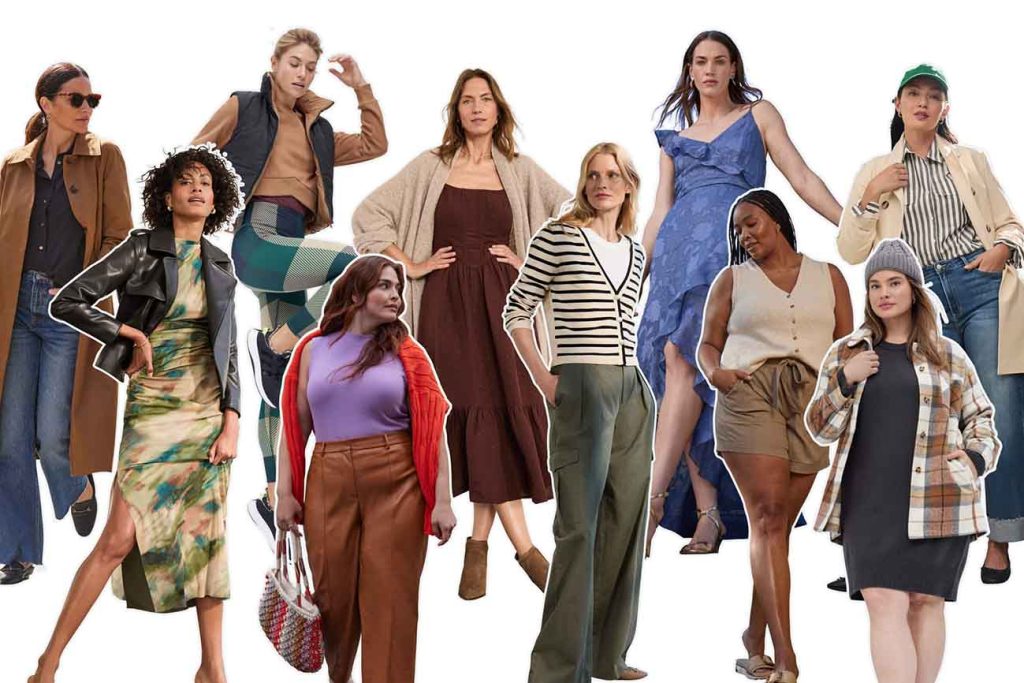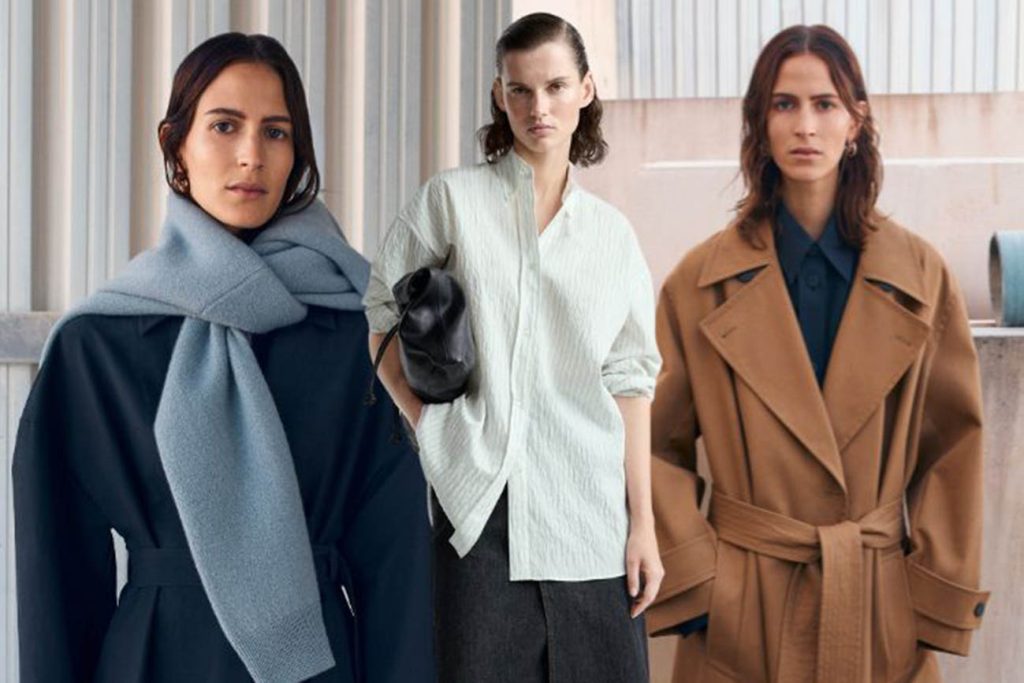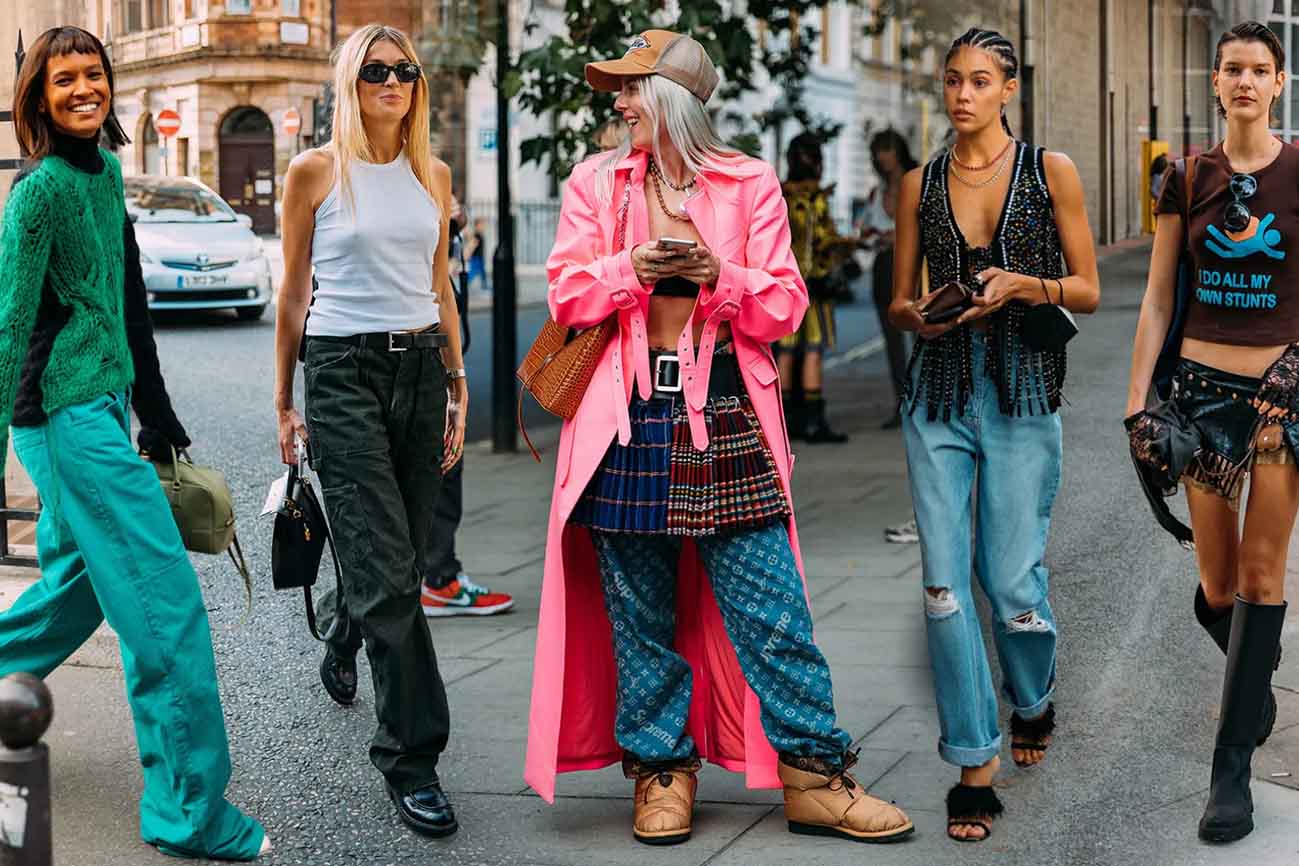Let’s face it—our screens have never scrolled faster. One moment everyone’s wearing ballet flats, the next it’s moto boots. Quiet luxury reigns in the morning, and by nightfall, dopamine dressing is back on the feed. The trend cycle has gone from seasonal to hourly, and keeping up feels like a full-time job.
But while trends may flash and fade with the tap of a thumb, personal style? That’s something that shouldn’t be rushed.
The truth is, style that lasts—the kind that turns heads in a whisper, not a shout—takes time. It requires reflection, experimentation, and most of all, patience. So how do you resist the urge to constantly chase what’s “in” and instead build a style identity that evolves slowly, meaningfully, and entirely on your own terms?
Here’s how to slow things down—and look all the better for it.
Step One: Unfollow the Noise
Before you can hear your own aesthetic voice, you have to quiet everyone else’s.
Start by gently muting the accounts that make you feel like you’re falling behind. You know the ones—hauls every week, links galore, a new trend embraced daily. While there’s nothing wrong with fashion enthusiasm, being inundated by newness can blur your sense of what you actually like.
Instead, follow people or brands who recycle outfits, value longevity, or talk about why they wear what they wear. This creates space for your own instincts to grow.

Step Two: Take Inventory of What Feels Like “You”
Look at your closet not through the lens of “Is this trendy?” but “Is this me?”
Pull out the pieces you wear most—regardless of whether they’re new or old, designer or thrifted. Ask:
Why do I keep reaching for this?
How does it make me feel?
What does it say about me?
You might find that you’re drawn to soft tailoring, crisp lines, and tonal dressing—hello, The Row, Totême, or COS. Or maybe you’re into oversized, playfully structured silhouettes—consider brands like Ganni, Paloma Wool, or Róhe. The point is: start with what’s already working.
Keep a style journal or photo album on your phone. Document outfits that felt good, and over time, patterns will emerge. These patterns are the foundation of your personal style—subtle, but powerful.
Step Three: Define Your Style, Loosely
Forget strict style categories like “minimalist,” “preppy,” or “boho.” Think in feelings, textures, and themes.
Ask yourself:
If my style were a place, what would it be?
If it had a soundtrack, what would it sound like?
Which colors do I return to again and again?
Do I value comfort, structure, softness, edge?
Maybe your style is “coastal, but in the city.” Maybe it’s “masculine silhouettes with feminine details.” Or maybe it’s simply “clean, fluid, effortless.” Defining your style in this way leaves room to grow without losing your core identity.
Step Four: Shop With a Slow Mind
Once you know what speaks to you, resist the urge to buy fast. That excitement? It’s often fleeting.
When you’re considering a new piece, wait. Save it to your wishlist. Picture it in at least three outfits using what you already own. Ask:
Will this still excite me next season?
Is this filling a gap or creating a redundancy?
Is this my style or just a trend?
Let’s say you’re eyeing a statement trench. Instead of going straight for a viral version, consider timeless quality pieces like:
Nanushka’s vegan leather trenches
Raey’s oversized wool blends
Arket’s clean, belted coats
These brands prioritize lasting design and refined cuts over gimmicks. You’ll thank yourself later.
Step Five: Embrace Repetition as a Strength
Stylish people repeat outfits all the time. In fact, that’s what makes their look iconic—they wear what works over and over again.
Repetition is not boring. It’s signature. Think of it as building your visual identity. If you’ve found your ideal trouser shape—say, a wide-leg mid-rise—lean into it. Try:
Tibi’s structured yet soft trousers
Low Classic’s architectural silhouettes
Aeyde’s sleek loafers to ground the look
Rotate variations of what you love. Instead of always reinventing, refine.
Step Six: Let Your Style Age With You
Who you were five years ago shouldn’t define how you dress today—and that’s okay.
As your life shifts, your aesthetic can and should evolve. Maybe you used to lean into streetwear and now crave quiet elegance. Or maybe your wardrobe was full of high heels and now it’s grounded in comfortable, directional flats.
Let go of what no longer fits your lifestyle—or your spirit. That’s not losing style. That’s gaining clarity.
Brands like Aeron and Studio Nicholson do a beautiful job of creating pieces that feel grown, grounded, and full of personality without shouting. Think: a tailored vest over fluid trousers, or a knit dress that hugs without clinging. Grown-up, but never boring.

Step Seven: Curate, Don’t Collect
You don’t need more clothes—you need the right clothes.
Curating your closet means asking: what earns a place in my daily life? What feels like me in every sense—visually, practically, emotionally?
It also means investing in pieces that get better with time:
Celine’s Triomphe sunglasses: understated cool, always.
Khaite’s knitwear: luxurious texture that doesn’t age out.
Dragon Diffusion’s leather totes: handcrafted, with patina that only improves.
Each item becomes a chapter in your visual story. One that doesn’t expire with the next season’s drop.
Patience is the Ultimate Luxury
In a world obsessed with instant updates, choosing to slow down your style is a quiet rebellion. It’s saying no to fast fashion pressure and yes to self-expression that endures. It’s resisting the anxiety of not keeping up, and embracing the beauty of unfolding taste.
Your personal style is not a checklist. It’s a relationship—with yourself, your body, your moods, and the world around you. And like any meaningful relationship, it takes time.
So next time a trend tries to convince you it’s “essential,” pause. Look at your closet. Look at yourself. Ask: Do I want this today… or do I want to know myself a little better every day?
Because the most stylish people aren’t always the ones wearing what’s new.
They’re the ones wearing what’s true.



